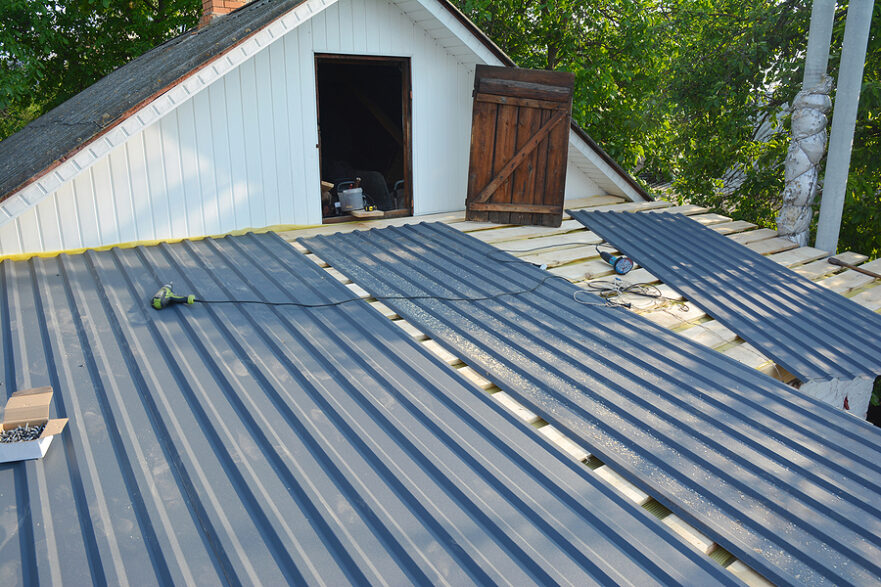LATEST NEWS
Who Accidentally Invented Corrugated Iron?
One of the most fascinating aspects of corrugated galvanised iron is that it took almost no time at all from its accidental invention to its near-ubiquity in practical construction and economical prefabrication in corrugated roofing sheets.
The principle that makes it so stable is the Theorema Egregium, Carl Friedrich Gauss’ remarkable theory that explains why flat objects that have been slightly folded become more structurally rigid, allowing for thinner materials to be more structurally stable.
Whilst the principle was explored at the Gottingen Observatory as a mathematical theory, its practical application was discovered by accident in Birmingham after an accident involving a machine that makes iron rails.
The most commonly cited origin of corrugated iron is credited to John Spencer, master of Phoenix Ironworks in Birmingham.
During the intense and heavy process of making iron rails for the rapidly growing demand of the Industrial Revolution, one of the metal sheets that was acting as a guard for the machine managed to loosen enough to get caught in the machinery.
This immediately put a halt to work for a while whilst the metalworkers fashioned a replacement guard, but Mr Spencer was fascinated by the new sheet itself.
Absentmindedly picking it up, Mr Spencer was surprised that it was not floppy, and when he put enough pressure on it that it should bend, it ultimately stayed firm and robust.
He came up with the principle of feeding metal sheets through rollers with grooves on them, inventing what would later be known as the cold rolling process. However, he was too late to patent his invention, as someone hundreds of miles south beat him to it.
Henry Palmer, a London Dock Company engineer and founder of the Institute of Civil Engineers, was the first to create a complete process for creating corrugated wrought iron using puddling and envisioned its use to create exceptionally light, strong roofs with relatively little support.






